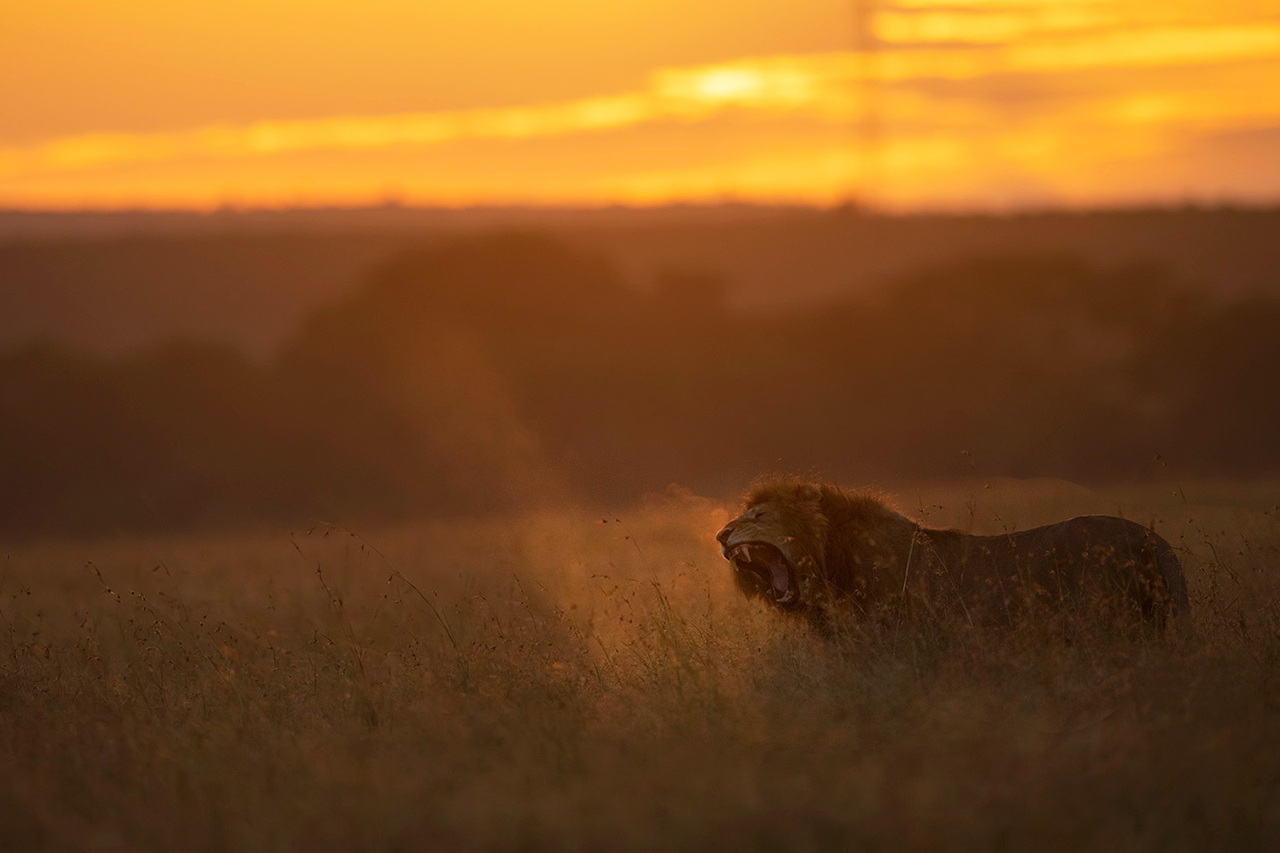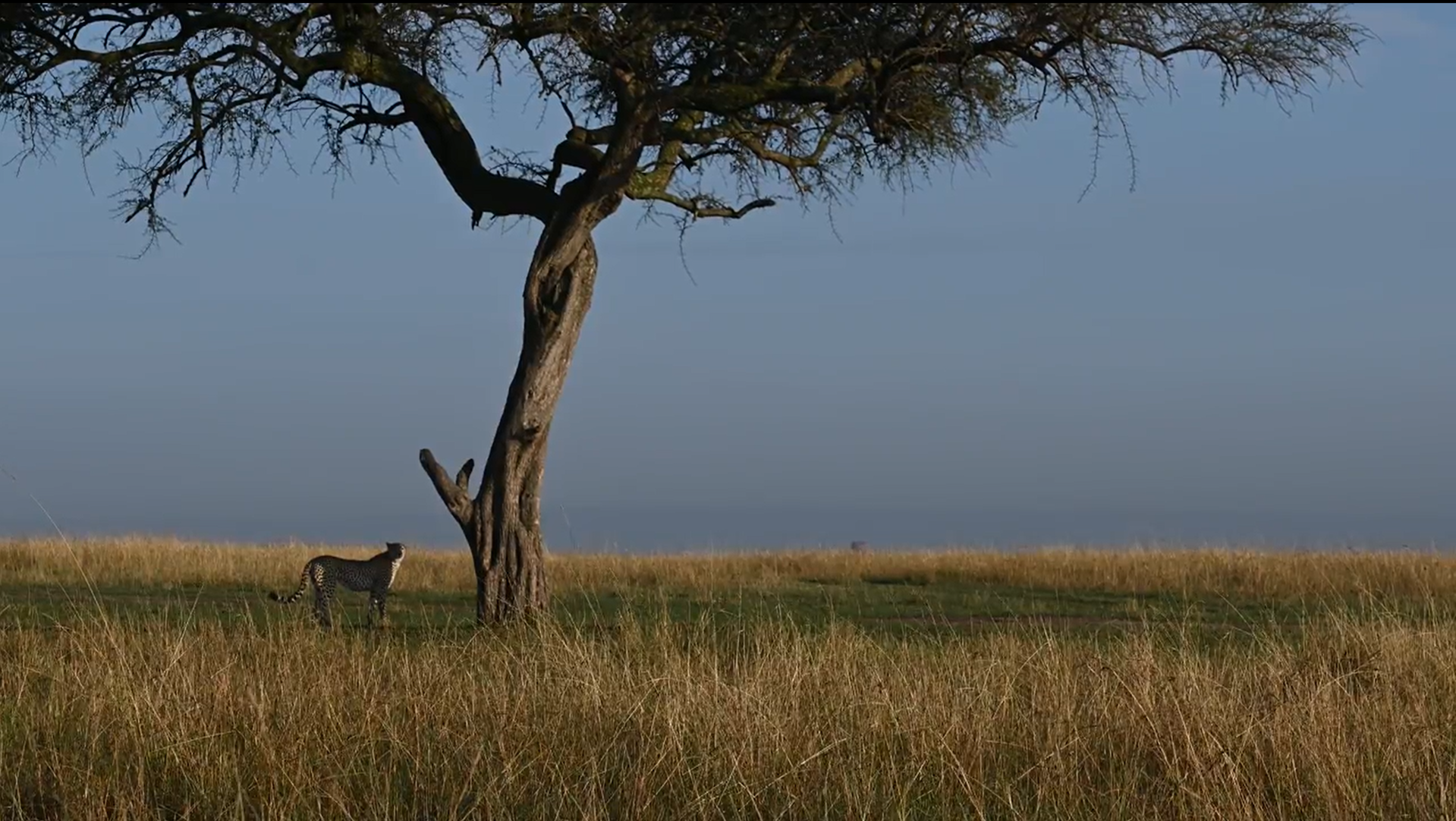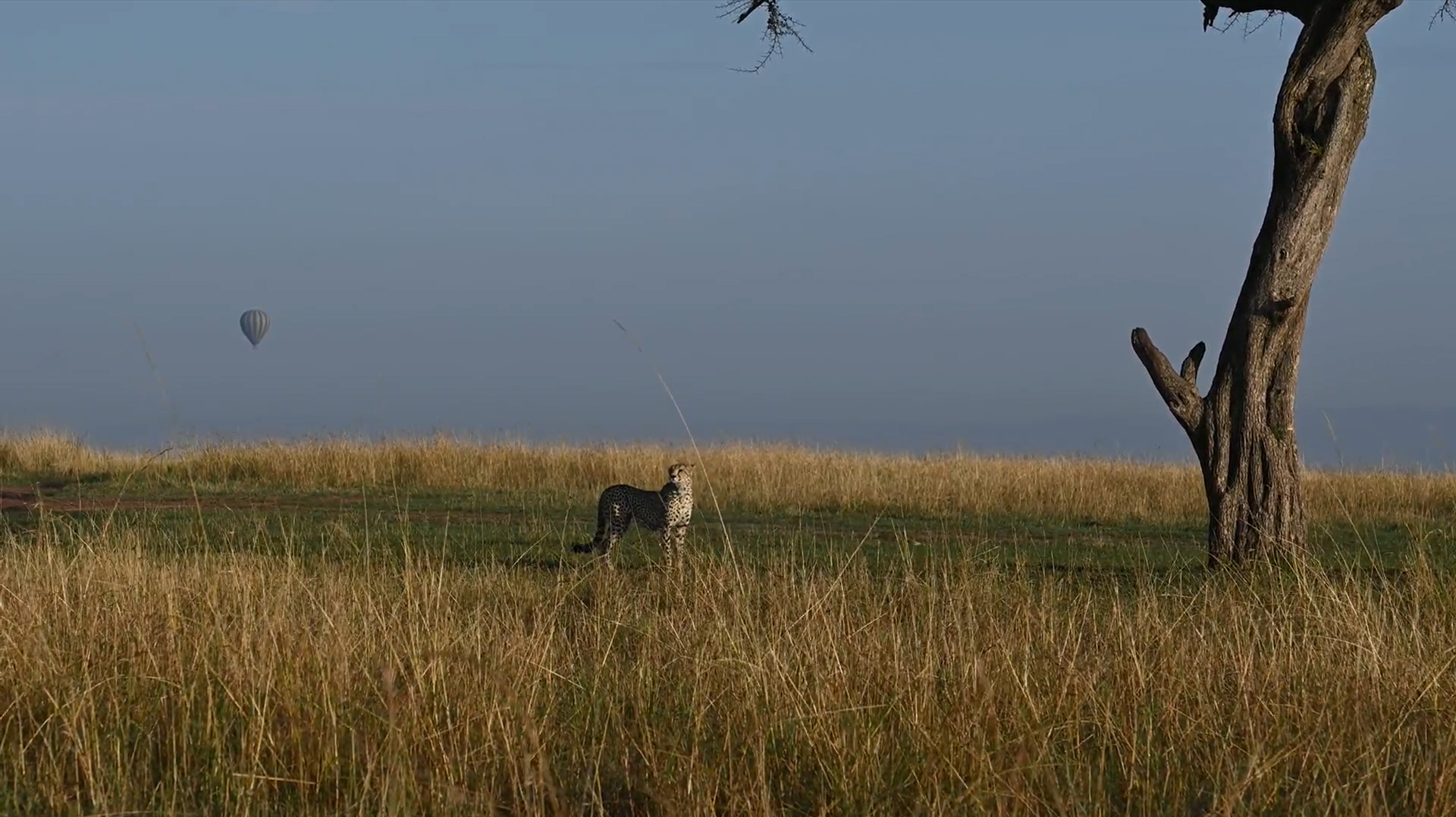
Best Time to Visit Masai Mara for Big Cat Sightings
The Masai Mara National Reserve, often called Africa’s wildlife jewel, is a place where the dream of observing majestic predators in the wild comes alive.
Spanning over 1,510 square kilometers in southwestern Kenya, the reserve forms part of the greater Mara-Serengeti ecosystem and is renowned for its sweeping savannahs, rich biodiversity, and exceptional wildlife experiences.
For those aiming to witness lions lounging in the grass, cheetahs sprinting after prey, or leopards stealthily hunting, timing your visit is crucial.
This quick guide will help you understand everything you need to know to plan a successful Masai Mara safari with a focus on big cat sightings.

Understanding Masai Mara’s Predator-Prey Dynamics
The Masai Mara is home to Africa’s iconic big cats: lions, leopards, and cheetahs. Their movements and behaviors are closely tied to the availability of prey, which includes wildebeests, zebras, gazelles, and smaller mammals. Understanding predator-prey dynamics is key to maximizing sightings.
Lions, as social hunters, often rely on coordinated attacks by pride members to bring down larger prey. They are strategic and opportunistic, selecting hunting grounds near waterholes or migration paths where prey gathers.
Male lions often patrol territory boundaries, while females do most of the hunting. Observing lions is not just about spotting them but watching the complex social interactions within a pride, including cub rearing, mating rituals, and playful behaviors.
Leopards are solitary and elusive. They prefer dense vegetation, rocky outcrops, and tall trees, where they can ambush prey.
Leopards are nocturnal hunters but may also be seen during the day resting in trees or dragging prey to avoid competition. Spotting leopards requires patience and attention to subtle signs such as claw marks on trees, tracks, or distant movement in thickets.
Cheetahs are the fastest land animals, relying on speed and stealth rather than strength. They hunt mostly in daylight, often stalking their prey carefully before an explosive sprint.
Unlike lions and leopards, cheetahs avoid confrontation and rarely defend kills, making their hunting moments dramatic yet fleeting.
Prey abundance drives predator visibility. During migration, predators follow the herds, while in off-peak months, animals are more dispersed, requiring guides to track sightings carefully.

The Role of Seasons in Big Cat Sightings
Kenya has two primary seasons: the dry season and the wet season. Each affects predator visibility and behavior differently.
Dry Season (July to October)
The dry months are widely regarded as the best time for big cat sightings. Sparse vegetation, shrinking rivers, and concentrated water sources make predators easier to locate.
- High Visibility: Short grass and open plains reduce hiding spots for predators, offering clear views of lions lounging or cheetahs hunting.
- The Great Migration: Late July to October coincides with wildebeests and zebras crossing from the Serengeti into the Masai Mara. Predators follow the herds, producing dramatic hunting scenes, including coordinated lion attacks and cheetah chases across open plains.
- Optimal Weather: Dry, sunny conditions allow uninterrupted game drives, early morning safaris, and extended hours in the field.
Tip for photographers: The dry season provides excellent lighting and unobstructed views, making it ideal for capturing striking wildlife images.

Wet Season (November to May)
The wet season includes short rains (November–December) and long rains (March–May). Wildlife can be more dispersed, but the season has unique advantages.
- Fewer Tourists: Low-season months allow for a more private safari with fewer vehicles crowding predators.
- Lush Landscapes: The reserve transforms into a vivid green, with blooming flowers and abundant birdlife.
- Active Predators: Leopards and cheetahs can still be observed hunting in clearings and along rivers.
Sweet spot: Short rains (November–December) offer a balance between wildlife activity and a vibrant, green landscape.

Monthly Guide to Big Cat Sightings
A month-by-month understanding can help refine safari plans:
- January–February: Post-migration months. Predators settle near water sources. Lion prides are visible, leopards hunt in dense thickets, and cheetahs are active in open grasslands.
- March–May: Long rains. Dense vegetation makes spotting lions and leopards challenging. Cheetahs remain visible in grassland patches.
- June: Early dry season. Visibility improves, and predators gather near shrinking water sources.
- July–October: Peak dry season. Great Migration enters the reserve. Expect dramatic predator-prey interactions, including lion hunts and cheetah chases.
- November–December: Short rains. Moderate sightings. Leopards may move into open clearings, and fewer tourists ensure more intimate encounters.
Detailed Big Cat Profiles
Lions
Lions dominate the savannah, forming prides of 10–20 individuals. Social interactions within a pride such as hunting coordination, cub care, and territorial defense tend to offer rich wildlife observation opportunities. Lions are most active during cooler hours, early mornings, and late afternoons.
Spotting tips: Focus on riverbanks, migration paths, and shaded areas near waterholes.
Leopards
Elusive and solitary, leopards blend seamlessly into their environment. They hunt smaller prey at night but can be observed during the day resting in trees or dragging kills to avoid scavengers. Patience and a trained guide are essential.
Spotting tips: Look for rocky areas, isolated trees, and animal tracks indicating a predator’s presence.
Cheetahs
Cheetahs hunt during the day, using their speed to chase down prey across open plains. Their movements are less predictable than lions, and they rely on stealth, often lying low in grass before a sprint.
Spotting tips: Early morning and late afternoon are ideal times, with open grasslands offering the best chance to witness their hunting displays.

Safari Planning and Logistics
When planning your Masai Mara safari, consider the type of experience, accommodation, and duration.
- Game Drives: Standard method for big cat sightings. Morning and evening drives are ideal. Guides track animal movements to maximize encounters.
- Hot Air Balloon Safaris: Provide sweeping aerial views of predator-prey interactions. Less intimate but breathtaking. Balloon rides often end with champagne breakfasts in the savannah.
- Walking Safaris: Guided walks offer an immersive experience, revealing tracks, scents, and predator signs. Big cat encounters are rare but insightful.
Accommodation tips: Staying near the Mara Triangle or along riverbanks increases the likelihood of predator sightings. Options range from luxury lodges to mobile tented camps.
Duration: A multi-day safari (3–5 days) significantly improves chances of big cat encounters and allows you to experience varied habitats across the reserve.
Conservation and Local Community
The Masai Mara is not only a wildlife haven but also a key site for conservation. The Maasai communities living around the reserve play a crucial role in protecting predators through sustainable tourism and anti-poaching initiatives. Visiting the Mara supports local livelihoods, conservation programs, and education initiatives aimed at preserving both wildlife and traditional culture.
Photographic Opportunities
Wildlife photography in Masai Mara requires planning and awareness of animal behavior.
- Equipment: DSLR or mirrorless cameras with telephoto lenses (200–600mm) are ideal.
- Timing: Early mornings and late afternoons provide soft, golden light.
- Composition: Capture interactions—lions coordinating a hunt, leopards in trees, or cheetahs sprinting across plains.
- Patience: Some of the best shots come from waiting quietly for hours, observing subtle movements or predator-prey interactions.

Insider Tips for Big Cat Sightings
- Stay close to rivers, waterholes, and migration paths.
- Hire experienced guides with in-depth knowledge of predator behavior.
- Spend multiple days in the reserve to improve your chances.
- Use binoculars and neutral-colored clothing to blend into the environment.
- Respect wildlife by maintaining distance, avoiding loud noises, and following guide instructions.
Final Thoughts
The Masai Mara National Reserve is one of the world’s premier destinations for big cat sightings. While lions, leopards, and cheetahs can be observed year-round, the dry season from July to October offers the best combination of visibility, predator activity, and the spectacle of the Great Migration.
The wet season, meanwhile, offers fewer tourists, lush green landscapes, and unique photographic opportunities.
A successful safari combines preparation, patience, and timing. With an understanding of predator behavior, choosing the right season, and following expert guidance, your Masai Mara adventure will provide memories that last a lifetime.
Ready to experience it all firsthand?
From the thunder of migrating wildebeest to the quiet awe of a sunrise game drive, the Mara is calling. Explore our curated Masai Mara safari packages and let us help you write your own one heck of a story.


